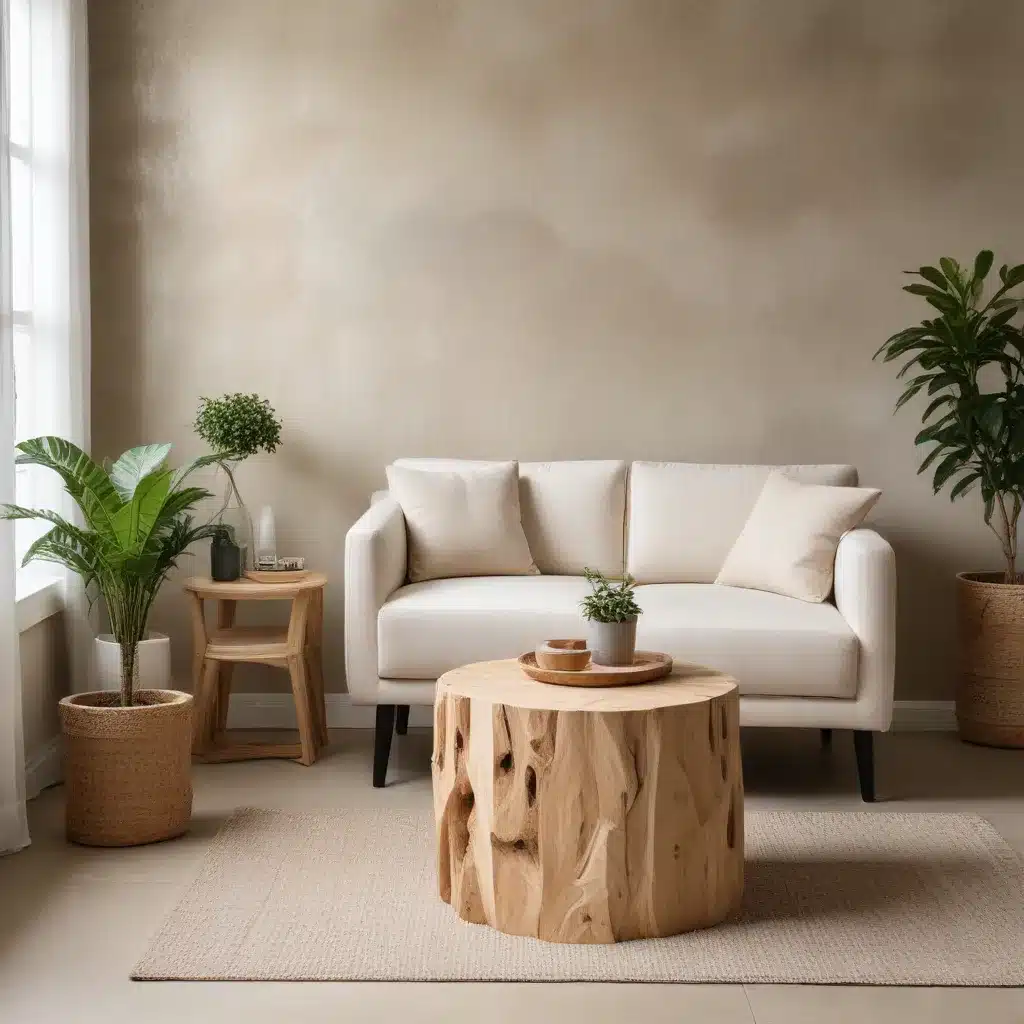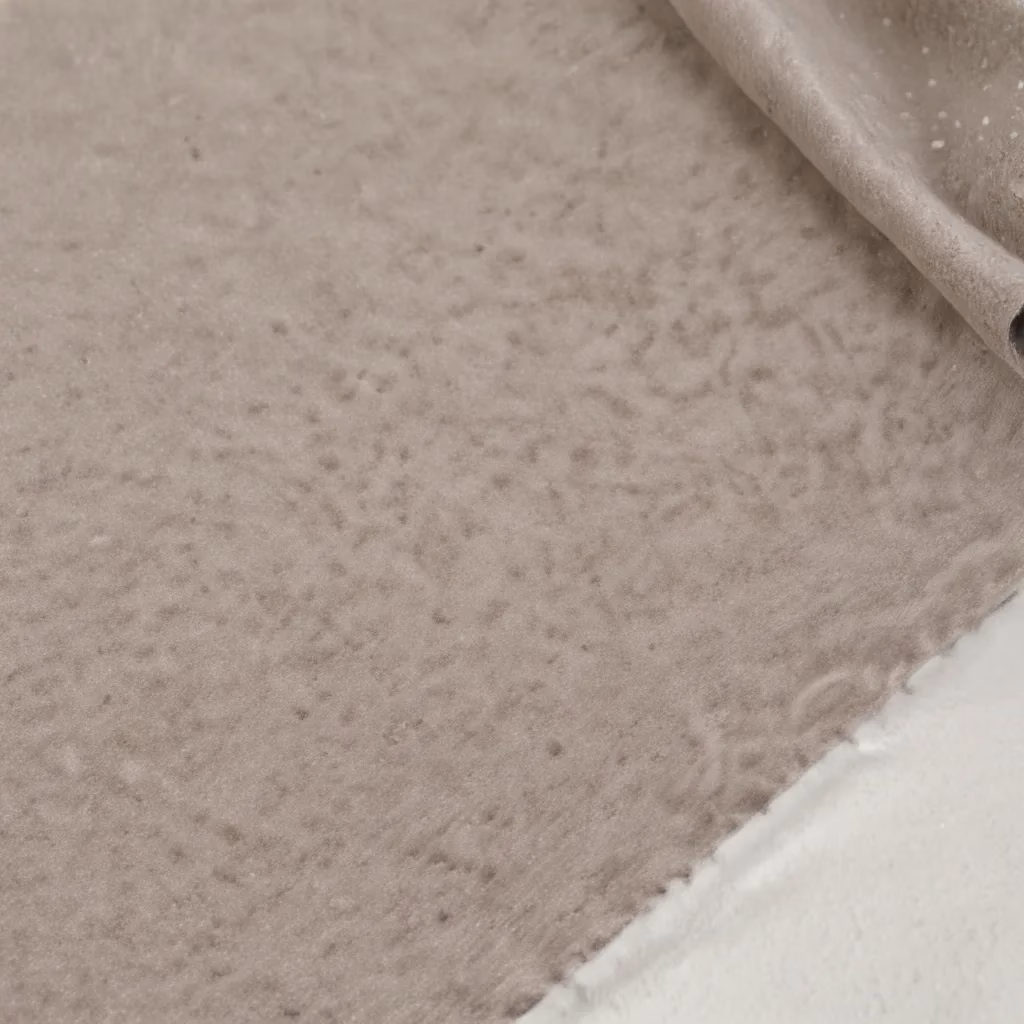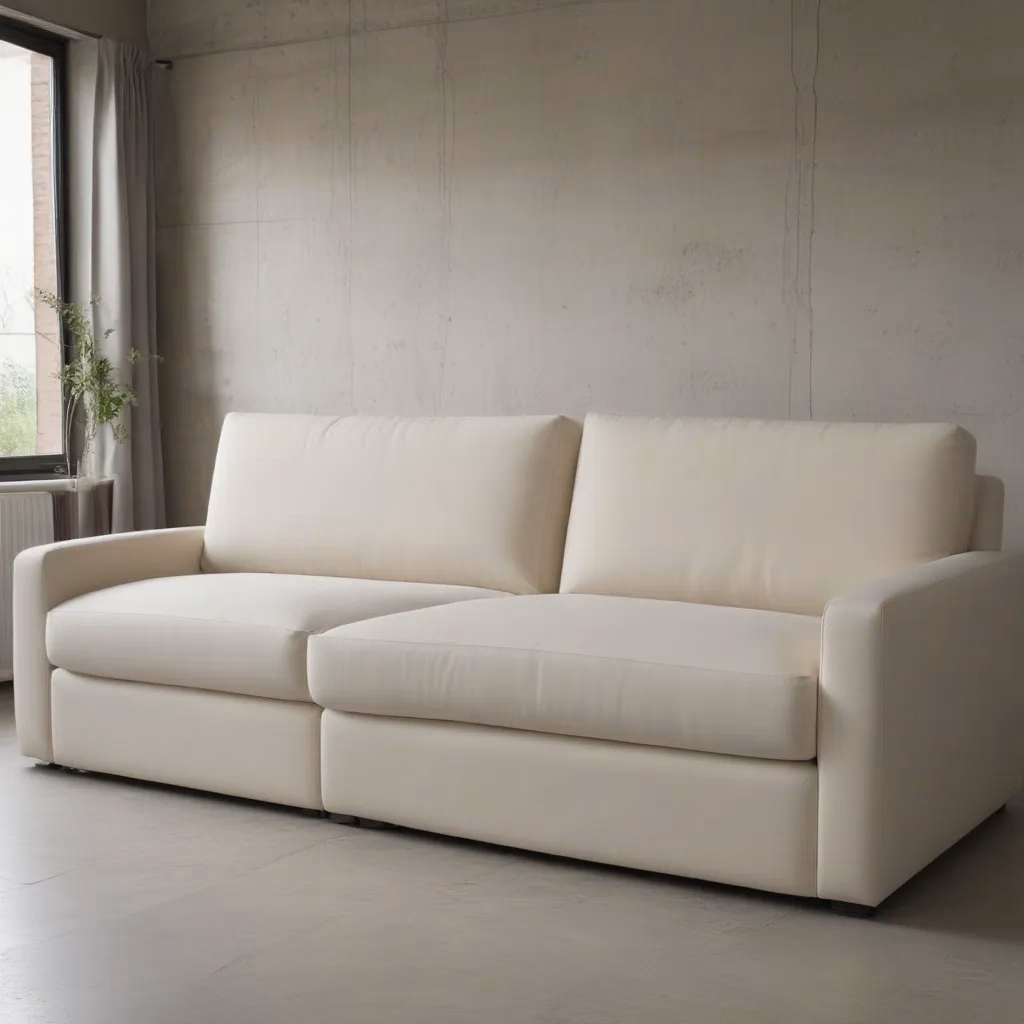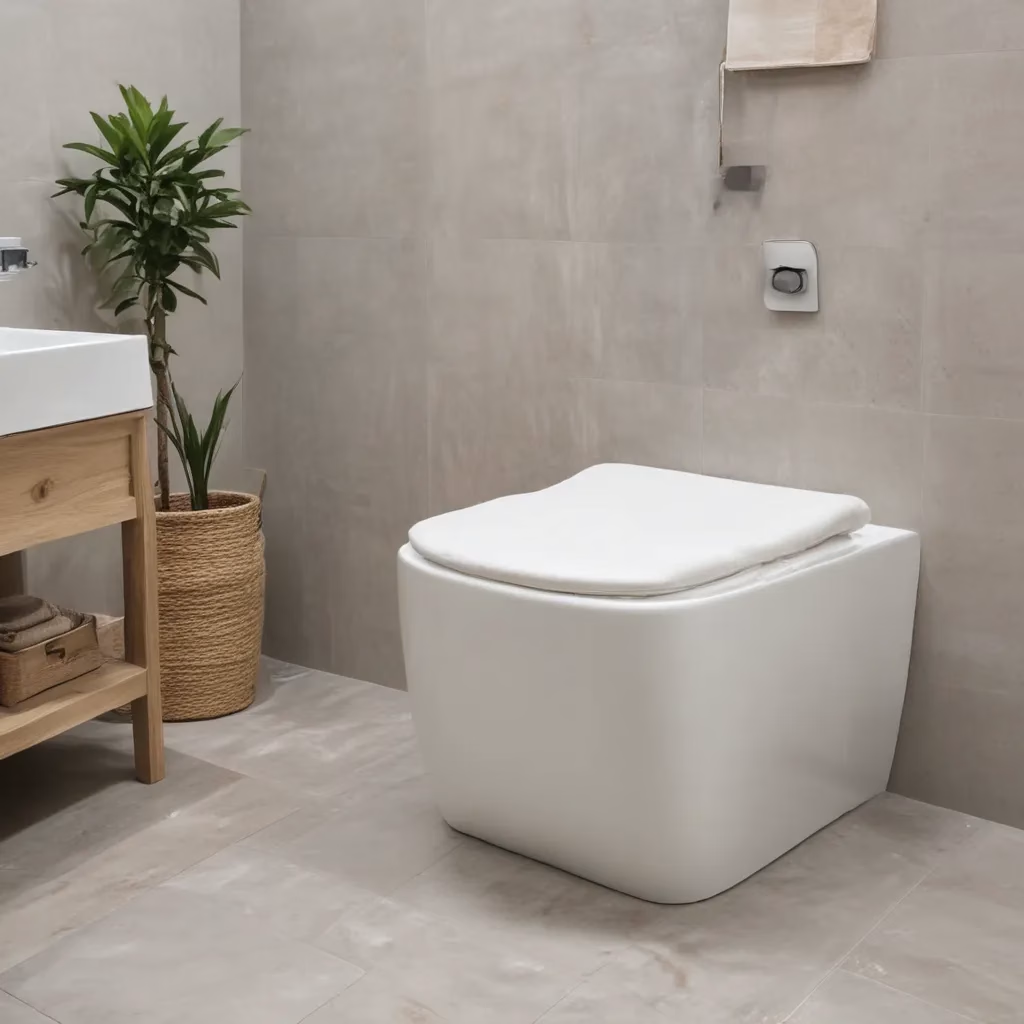
The Rise of Environmentally Responsible Furnishings
As a furniture specialist with years of experience in the industry, I’ve witnessed a significant shift in consumer preferences towards eco-friendly and sustainable options. This trend isn’t just a passing fad; it’s a reflection of growing environmental awareness and a desire to create healthier living spaces.
Eco-friendly furniture has evolved far beyond its humble beginnings. Gone are the days when sustainable meant sacrificing style or comfort. Today’s green furniture options are not only environmentally responsible but also stylish, durable, and highly functional.
The demand for sustainable furniture has pushed manufacturers to innovate, resulting in a wide array of materials and production methods that minimize environmental impact. From reclaimed wood to recycled plastics, the options for eco-conscious consumers have never been more diverse or appealing.
Understanding Sustainable Furniture Materials
When we talk about sustainable furniture, we’re referring to pieces made from materials that have a lower environmental impact compared to traditional options. These materials are often renewable, recycled, or sourced in ways that don’t deplete natural resources.
One of the most popular sustainable materials is bamboo. As a rapidly renewable resource, bamboo grows much faster than traditional hardwoods, making it an excellent choice for eco-friendly furniture. Its strength and versatility allow for a wide range of applications, from dining tables to bed frames.
Another material gaining traction is reclaimed wood. By repurposing wood from old buildings, barns, or even discarded furniture, we can create unique pieces with character while reducing the demand for new timber. This not only saves trees but also keeps usable materials out of landfills.
Recycled metals and plastics are also making waves in the furniture industry. These materials give new life to waste products, reducing pollution and energy consumption associated with producing new raw materials.
Benefits of Choosing Eco-Friendly Furniture
Opting for sustainable furniture offers numerous advantages beyond just being kind to the environment. Here are some key benefits I’ve observed:
-
Improved Indoor Air Quality: Eco-friendly furniture often uses fewer harsh chemicals and VOCs (Volatile Organic Compounds), leading to better air quality in your home.
-
Durability: Many sustainable materials are incredibly durable, meaning your furniture will last longer and need replacing less often.
-
Unique Aesthetics: Reclaimed materials and natural finishes often result in one-of-a-kind pieces with distinctive character.
-
Health Benefits: By reducing exposure to toxic chemicals often found in conventional furniture, you’re creating a healthier living environment for you and your family.
-
Supporting Ethical Practices: Many eco-friendly furniture brands prioritize fair labor practices and support local communities.
Innovative Eco-Friendly Materials in Furniture Design
The furniture industry has been at the forefront of developing new, sustainable materials. Here are some innovative options I’ve seen gaining popularity:
Mycelium-Based Materials
Mycelium, the root structure of mushrooms, is being used to create incredibly strong and lightweight furniture components. This fully biodegradable material can be grown into specific shapes, reducing waste in the manufacturing process.
Cork
Often associated with wine bottles, cork is making a comeback in furniture design. It’s renewable, biodegradable, and has natural antimicrobial properties. Cork furniture is lightweight, durable, and offers excellent insulation properties.
Seaweed and Algae-Based Textiles
Some forward-thinking designers are experimenting with textiles made from seaweed and algae. These materials are not only sustainable but also offer unique textures and colors.
Caring for Your Eco-Friendly Furniture
Proper care and maintenance of your sustainable furniture not only prolongs its life but also ensures it continues to look its best. Here are some tips I always share with my clients:
-
Regular Cleaning: Use gentle, eco-friendly cleaning products to maintain your furniture without introducing harsh chemicals into your home.
-
Avoid Direct Sunlight: Prolonged exposure to sunlight can fade natural materials. Use curtains or blinds to protect your furniture when not in use.
-
Moisture Control: Many sustainable materials are sensitive to moisture. Use coasters and clean up spills immediately to prevent damage.
-
Natural Oils: For wooden furniture, consider using natural oils like linseed or tung oil to nourish and protect the wood.
-
Rotate Cushions: If your furniture has removable cushions, rotate them regularly to ensure even wear.
The Future of Sustainable Furniture
As we look to the future, I’m excited about the continued innovation in sustainable furniture design. We’re seeing advancements in bio-based materials, improvements in recycling technologies, and a growing emphasis on circular economy principles in furniture production.
One trend I’m particularly excited about is the integration of smart technology with sustainable materials. Imagine sofas made from recycled materials that can also charge your devices or adjust to your body temperature for optimal comfort.
Another area of growth is in modular and adaptable furniture designs. These pieces can be reconfigured or repurposed as your needs change, reducing the need for new furniture and minimizing waste.
Making the Switch to Eco-Friendly Furniture
If you’re considering making the switch to more sustainable furniture options, here are some steps I recommend:
-
Start Small: Begin with one piece, like a side table or a chair, to see how it fits with your existing decor.
-
Research Brands: Look for furniture brands that are transparent about their materials and manufacturing processes.
-
Consider Second-Hand: Buying pre-owned furniture is one of the most sustainable options available.
-
Look for Certifications: Certifications like FSC (Forest Stewardship Council) can help you identify truly sustainable wood products.
-
Think Long-Term: Invest in high-quality, durable pieces that will last for years to come.
Conclusion
The shift towards eco-friendly furniture is more than just a trend; it’s a necessary evolution in how we think about our homes and our impact on the environment. As a furniture specialist, I’m thrilled to see the industry embracing sustainability and innovation.
By choosing sustainable furniture, we’re not just making a statement about our personal style; we’re making a commitment to a healthier planet. Whether you’re furnishing a new home or looking to update your existing space, consider the eco-friendly options available. You might be surprised at how beautiful, functional, and affordable sustainable furniture can be.
Remember, every piece of furniture we choose has an impact. By opting for sustainable materials and supporting eco-conscious brands, we can create beautiful, comfortable homes while also protecting our planet for future generations.



